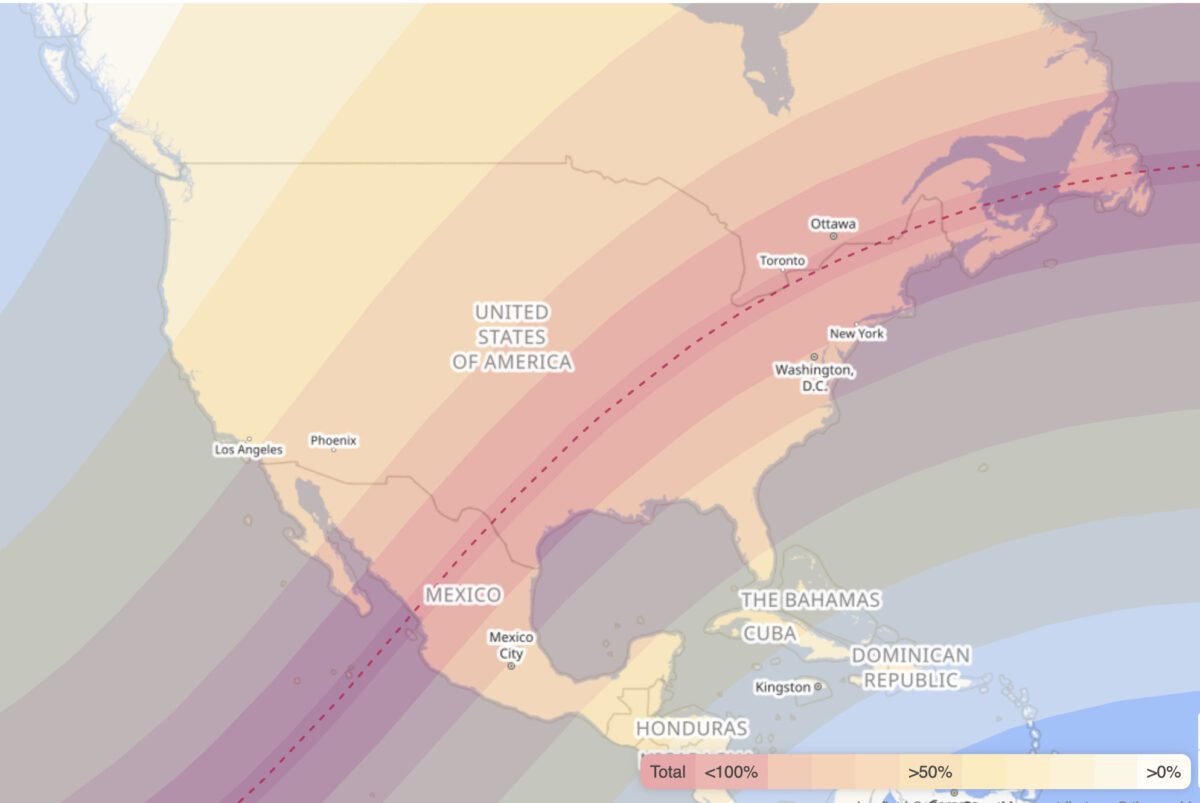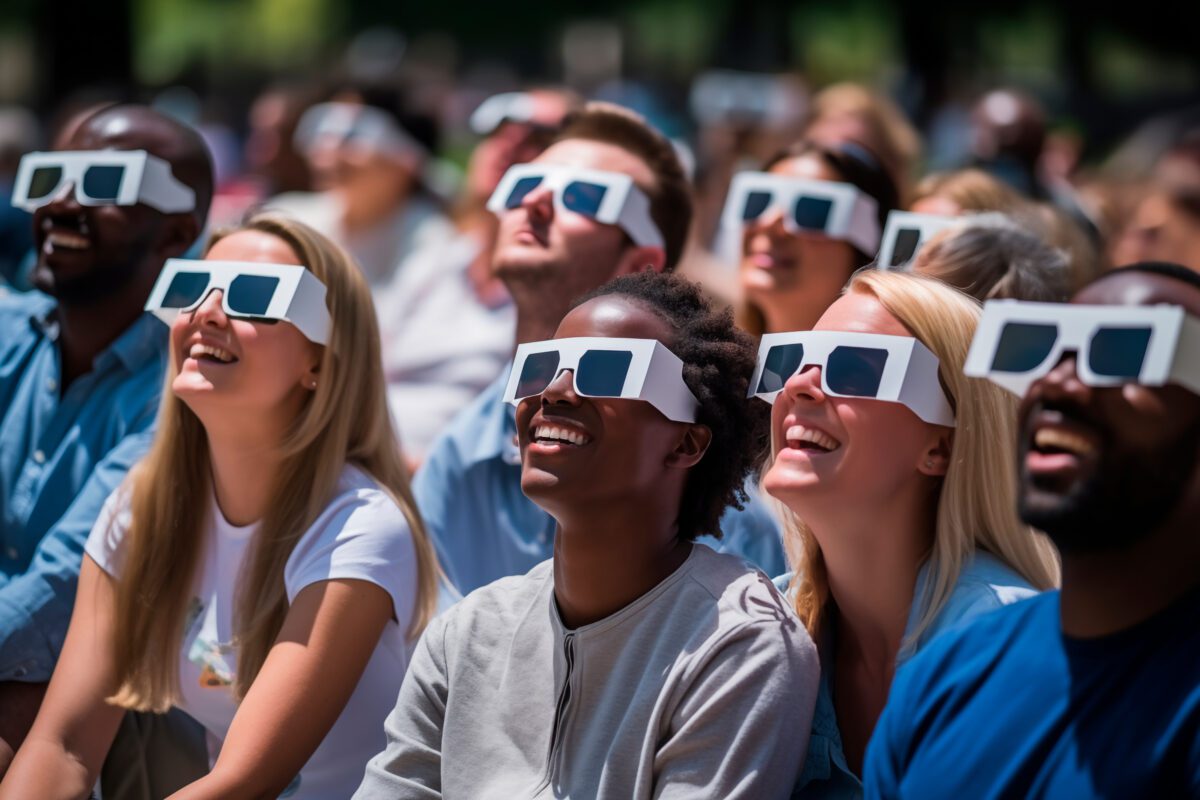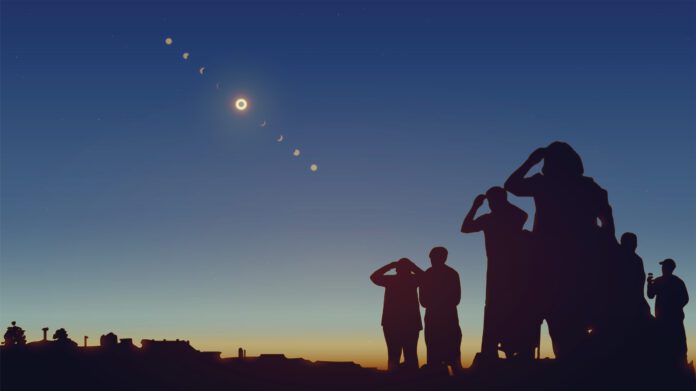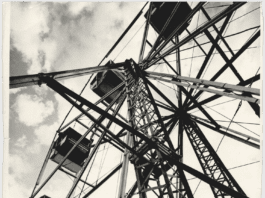On April 8, Oklahomans will experience the Great North American Eclipse, which will last one hour, seven minutes and 58 seconds. As a total eclipse of the sun, the path of the solar eclipse in its totality may be viewed from Sinaloa and Coahuila, Mexico, into the Del Rio, Texas area, all the way through northeastern Maine, and into Ontario and Newfoundland, Canada.
A solar eclipse occurs “when the sun, moon and Earth are aligned just right, so that we see the moon pass in front of the sun,” says Brad Ferguson, public relations officer with the Oklahoma City Astronomy Club. “When the moon completely blocks the sun, the eclipse is total. If the blockage is not complete, it is partial.”
The entire state of Oklahoma will experience at least a partial eclipse of the sun in the early afternoon on April 8, says Ferguson.
“In Oklahoma City, the duration will be from about 12:30 p.m. to 3 p.m. on that day, and the depth of the eclipse will be quite noticeable, with the moon blocking more than 95% of the sun’s disc at mid-eclipse, which will occur about 1:45 p.m.”
A total eclipse will be visible in far southeastern Oklahoma, where the area will go completely dark at mid-eclipse. According to NASA, Idabel will experience this totality between 1:45 p.m. and 1:49 p.m., with the entire process, including partial eclipse, ranging from 12:28 p.m. to 3:06 p.m.
Of the viewing areas, Ferguson says: “The farther southwest you are, the better the view. The best possible spot is in western Mexico.”
There will be a partial eclipse across almost all of North America and a small part of western Europe, as well as the north of South America, and areas of the Pacific, Atlantic, and Arctic oceans.

Ferguson says that during the eclipse, “the air will get cool, animals will react and street lights will come on.”
If you happen to miss this one, you’ll have to bide your time for quite awhile.
“The next total solar eclipse in the U.S. will be during August of 2044, and Oklahoma will enjoy a total solar eclipse again in 2045, if you can wait that long,” says Ferguson.
A solar eclipse always occurs about two weeks before or after a lunar eclipse, or eclipse of the moon. From Earth, we may view two types of eclipses – solar and lunar. During most calendar years, there are two to five solar eclipses, and each may be viewed from a limited area of the Earth.

Viewing Safely
“Looking at the sun is always dangerous, except for those few minutes when the disc is entirely covered,” says Ferguson. “One should only use special eclipse glasses, or project an image of the sun on a screen of some sort. For those staying in Oklahoma City during the eclipse, Oklahoma City Astronomy Club members will be stationed at Science Museum Oklahoma to assist the public with safe viewing of the event.”
Looking directly at a solar eclipse will severely harm a person’s eyes. Search online for helpful instructions on how to make a pinhole projector or a box pinhole projector, and other ways to safely view the eclipse.





